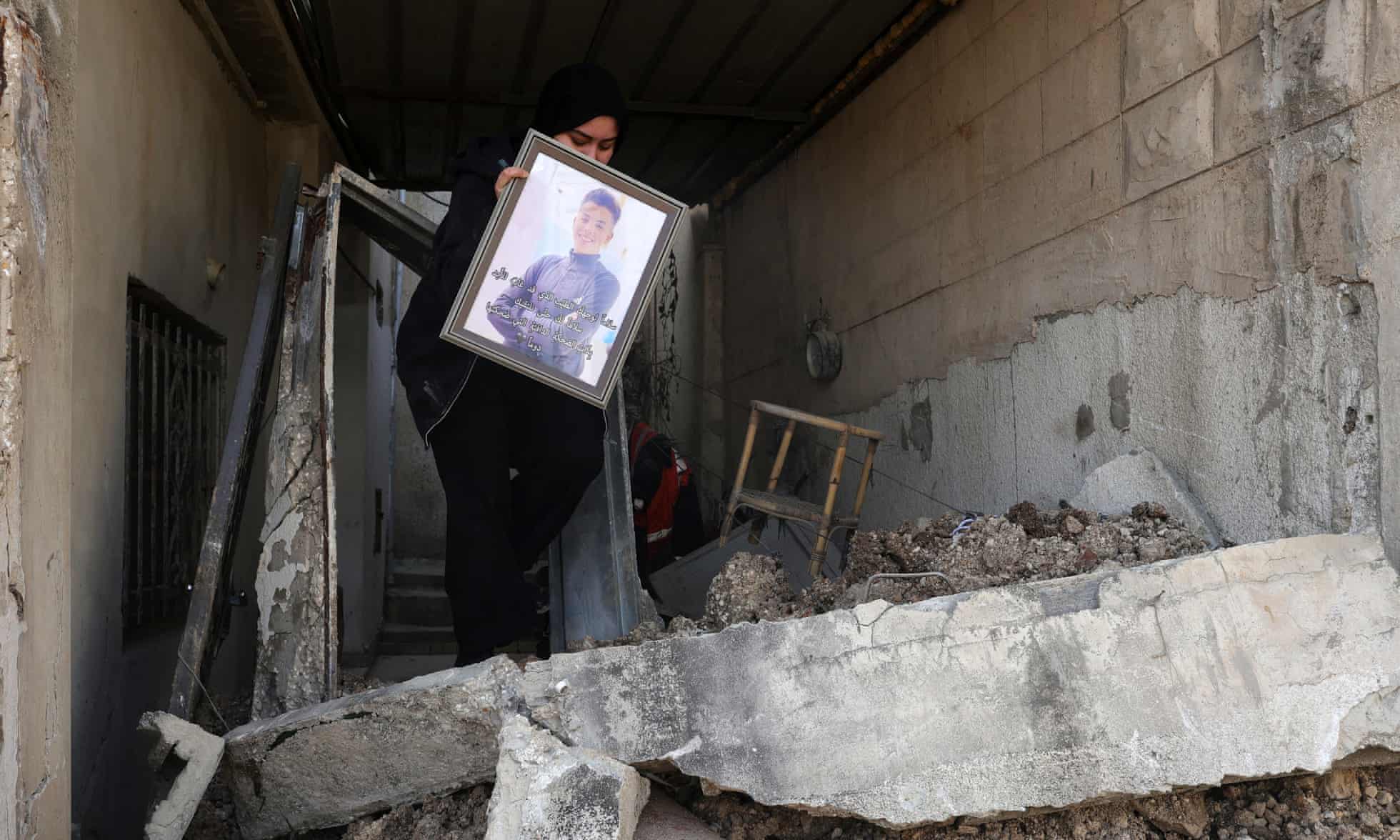 Footage from a U.S. military helicopter of Iraqis being killed offers a close-up of the ugliness of war. But the picture is incomplete unless we consider what happened before and what happens after.
Footage from a U.S. military helicopter of Iraqis being killed offers a close-up of the ugliness of war. But the picture is incomplete unless we consider what happened before and what happens after.
It is a given that governments try to control information in times of war, and they are particularly sensitive to photographs that reveal the hideousness of battle.
Although President George W. Bush was happy to have aerial images of the "shock and awe" invasion of Baghdad broadcast around the world, he prohibited photographs of the flag-draped coffins of troops returning to the United States. Among the many lessons of the Iraq war, however, is that technology has made information control all but impossible.
That became evident when soldiers sent home cellphone pictures of Iraqi prisoners abused and humiliated at Abu Ghraib, and we see it again now with the posting on a website called WikiLeaks of a classified video recorded by an Apache helicopter gun camera in which the gunner kills 12 people, including two journalists, and wounds two children.





 Later this month, on the holiday of Purim, Jewish people will dress in silly costumes, eat...
Later this month, on the holiday of Purim, Jewish people will dress in silly costumes, eat... On Monday, August 6, 1945, after six months of intense firebombing of 67 other Japanese cities,...
On Monday, August 6, 1945, after six months of intense firebombing of 67 other Japanese cities,... In its 38 years of existence, the USA TODAY Editorial Board has never endorsed a candidate for president....
In its 38 years of existence, the USA TODAY Editorial Board has never endorsed a candidate for president....






























